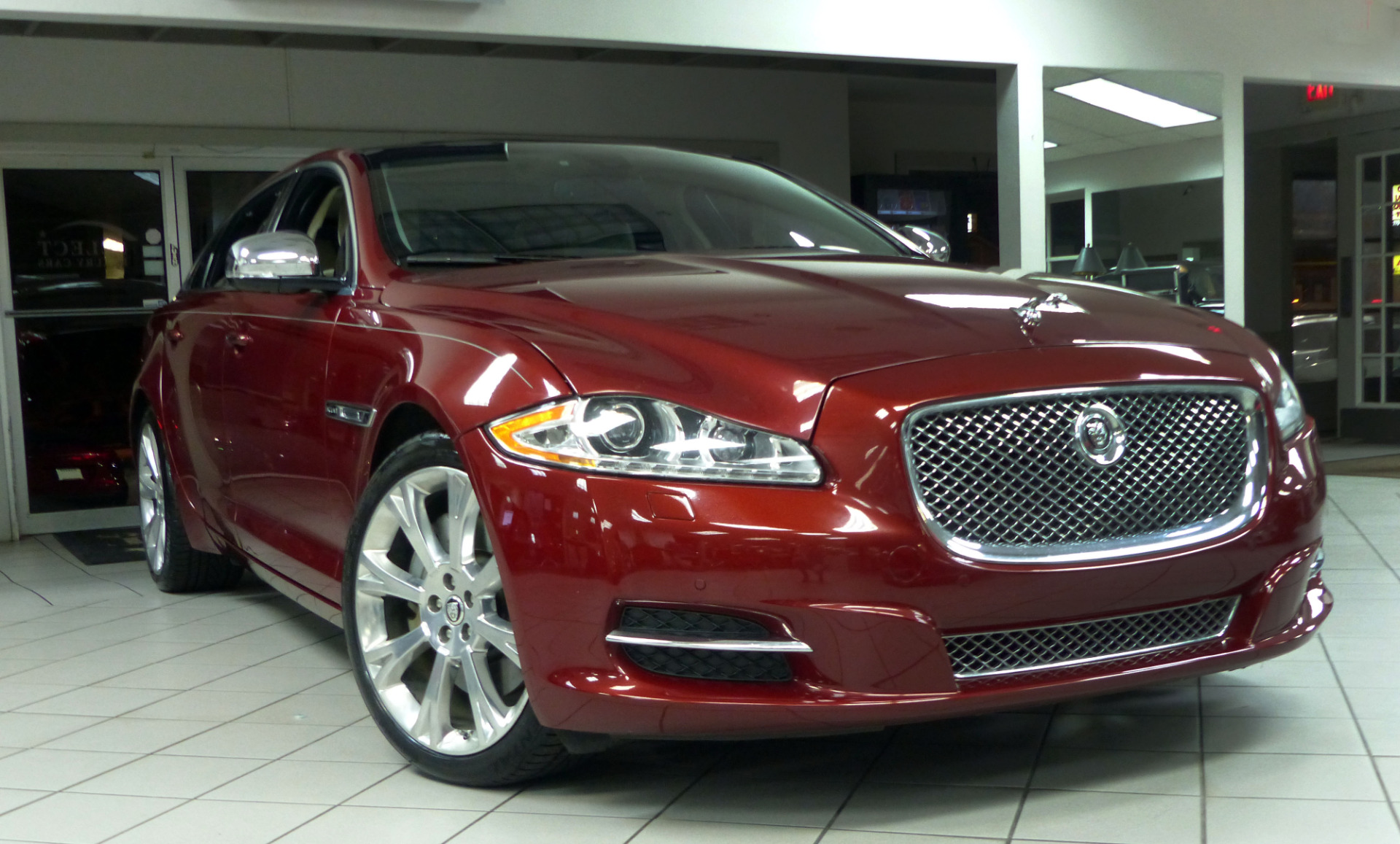

Trunk volume is about average, with 15.2 cubic feet. The Jag's lower roof line provides enough headroom for most occupants, but competitors offer profiles that feel more like a limousine. If you regularly have backseat passengers, consider an L model. The instrument panel is, in fact, a big LCD screen, and adapts to different driving scenarios and in-use vehicle functions (navigation, for instance).Īs before, the regular-length XJ's backseat is on the small side. It works OK, but doesn't operate as quickly as screen-and-knob systems like BMW's iDrive. Tasteful chrome, piano-black trim and ice-blue lighting further decorate a royal cabin.Ī large touchscreen dominates the in-car electronics. Rich wood trim wraps around the interior as though a structural element. Supple leather covers the seats and most of the dash and doors as well. Parallels to Bentley are not unwarranted. Not only is the design unique and appealing from an aesthetic standpoint, but the craftsmanship and materials are beyond reproach. Fuel economy estimates echo the Supercharged. Jaguar estimates it'll hit 60 mph in 4.7 seconds, but given our time for the regular Supercharged, it's likely the more vigorous Supersport will do better. The Supersport gets a more powerful supercharged V8, cranking out 510 hp and 461 lb-ft of torque. The EPA estimates Supercharged models returning 15/17/21 regardless of body style. In Edmunds testing, an XJL Supercharged hit 60 mph in a rapid 4.5 seconds. The Supercharged model also gets the 5.0-liter V8, but it's supercharged to produce 470 hp and 424 lb-ft of torque. The EPA estimates fuel economy at 16 mpg city/23 mpg highway and 19 mpg combined for the XJ, while the XJL gets 1 mpg less all around. In Edmunds performance testing, an XJL went from zero to 60 mph in a very quick 5.5 seconds. As in all XJ models, rear-wheel drive and a six-speed automatic are standard. The 2012 Jaguar XJ and XJL Portfolio feature a 5.0-liter V8 that produces 385 hp and 380 pound-feet of torque.

When it comes to the best combination of style, dynamic substance and value, however, it's hard to top the 2012 Jaguar XJ. Each car has particular individual strengths.
#2012 JAGUAR XJ PORTFOLIO LIGHT BLUE COLOR CODE SERIES#
Granted, choosing an absolute winner in a class that includes the 7 Series and S-Class as well as the Audi A8 and Porsche Panamera is near impossible. The XJL Supersport will match or surpass the performance of a BMW 760Li or Mercedes S63 AMG, yet costs $20,000 less. And the higher you go, the better the deal. The XJ stickers lower than its German rivals, yet generally gives you more standard features. Better still, you get an awful lot of value for your money. While all vehicles in this class are meticulously constructed, exquisite details and a dramatic design set the Jag apart. Even the base XJ makes 385 horsepower, while the Supercharged and Supersport models crank out 470 and 510 horses, respectively, and produce stunning acceleration. Not that they really need that much help. A luxury sedan that once appealed only to those with fond memories of string-back leather gloves is now a fully competitive flagship.Įxtensive use of aluminum in body panels and the underlying chassis delivers a relatively light curb weight - about 4,000 pounds for the base model - and gives the 2012 Jaguar XJ relatively nimble handling and maximum effect from the lineup of 5.0-liter V8s. For its new XJ, Jaguar ditched convention and gave its iconic sedan a radical, strikingly modern design inside and out. The previous-generation XJ hid modern mechanicals beneath a traditional design that recalled the classic XJ6 of the 1960s, and while this no doubt seemed like a good idea at the time, sales flopped. Rarely does a luxury car transform itself as dramatically as the Jaguar XJ did in 2011.


 0 kommentar(er)
0 kommentar(er)
